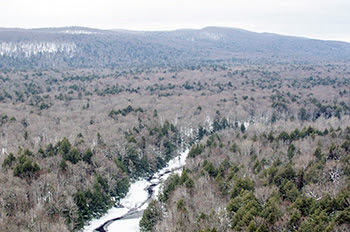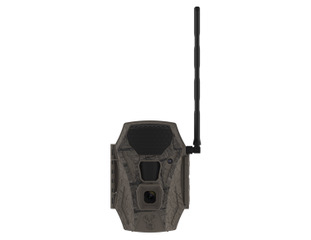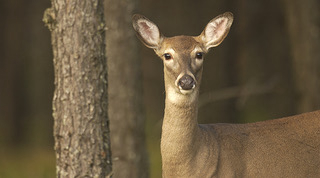MISSOULA, MT – The Boone and Crockett Club’s board approved two position statementsearlier this month during its 134th Annual Meeting held in New Orleans, Louisiana. The board approved the new “Technology and Hunting” position statement to reaffirm the importance of maintaining Fair Chase® principles when considering the use of technological advancements in a hunting situation. In addition, the updated “Environmental Litigation Against Federal Agencies” position outlines recommended legislative changes to the Equal Access to Justice Act that is being misused by nonprofit organizations to fund litigation against the federal government on environmental issues.
Over more than 130 years as an organization, the Boone and Crockett Club has seen many challenges to the traditions of hunting and the North American Model of Wildlife Conservation. The organization’s 1923 chartering documents outline its mission to “promote the conservation and management of wildlife, especially big game, and its habitat, to preserve and encourage hunting, and to maintain the highest ethical standards of fair chase and sportsmanship in North America.” When and where necessary, the Club has developed positions that support these beliefs and the Club’s mission.
“The Boone and Crockett Club’s position statements play a key role in informing and educating people, establishing a foundation for hunter ethics as well as conservation policy priorities that the Club will pursue,” commented James F. Arnold, President of the Boone and Crockett Club. “The Technology and Environmental Litigation position statements will help guide our policy efforts and provide ethics direction on the use of rapidly changing technologies in the hunting industry.”
The new “Technology and Hunting” position statement explicitly states: “The Boone and Crockett Club supports the use of legal technology to the extent it does not take an unfair advantage over the animal. The Club acknowledges that making these decisions is both personal and complex. With so much left up to the individual, having a universal code of ethics like Fair Chase to guide these deliberations is critical for both personal direction and fulfillment… The overuse or misuse of technology has the potential to undermine the special nature of hunting that is passed from one generation to the next. That is why the Club encourages everyone that hunts or mentors young hunters to ensure the use of technology does not demean the hunter-prey relationship in a way that diminishes the importance of the animal or the spirit of the hunt.”
The updated “Environmental Litigation Against Federal Agencies” position outlines how the well-intended Equal Access to Justice Act (EAJA), which permits the recovery of attorney’s fees in lawsuits against the federal government, is being misused by large, well-funded nonprofit groups to sue for alleged violations of environmental laws. These organizations can recover millions of dollars annually in legal fees under EAJA even if the claims are without substance, they win only a small part of the case, or settle out of court. The Boone and Crockett Club, which published its initial position statement on this issue in 2011, seeks to end the abusive litigation that occurs as a result of unintended loopholes in the law, diverting agency staff time and taxpayer dollars away from valuable conservation efforts. Based on the work of the Boone and Crockett Club, Congress passed minor reforms in 2019, but the Club believes more reforms are necessary and provides those details in its updated position statement.
The full position statements, as well as links to the other statements approved by the board, are available on the Club’s website. Read more








